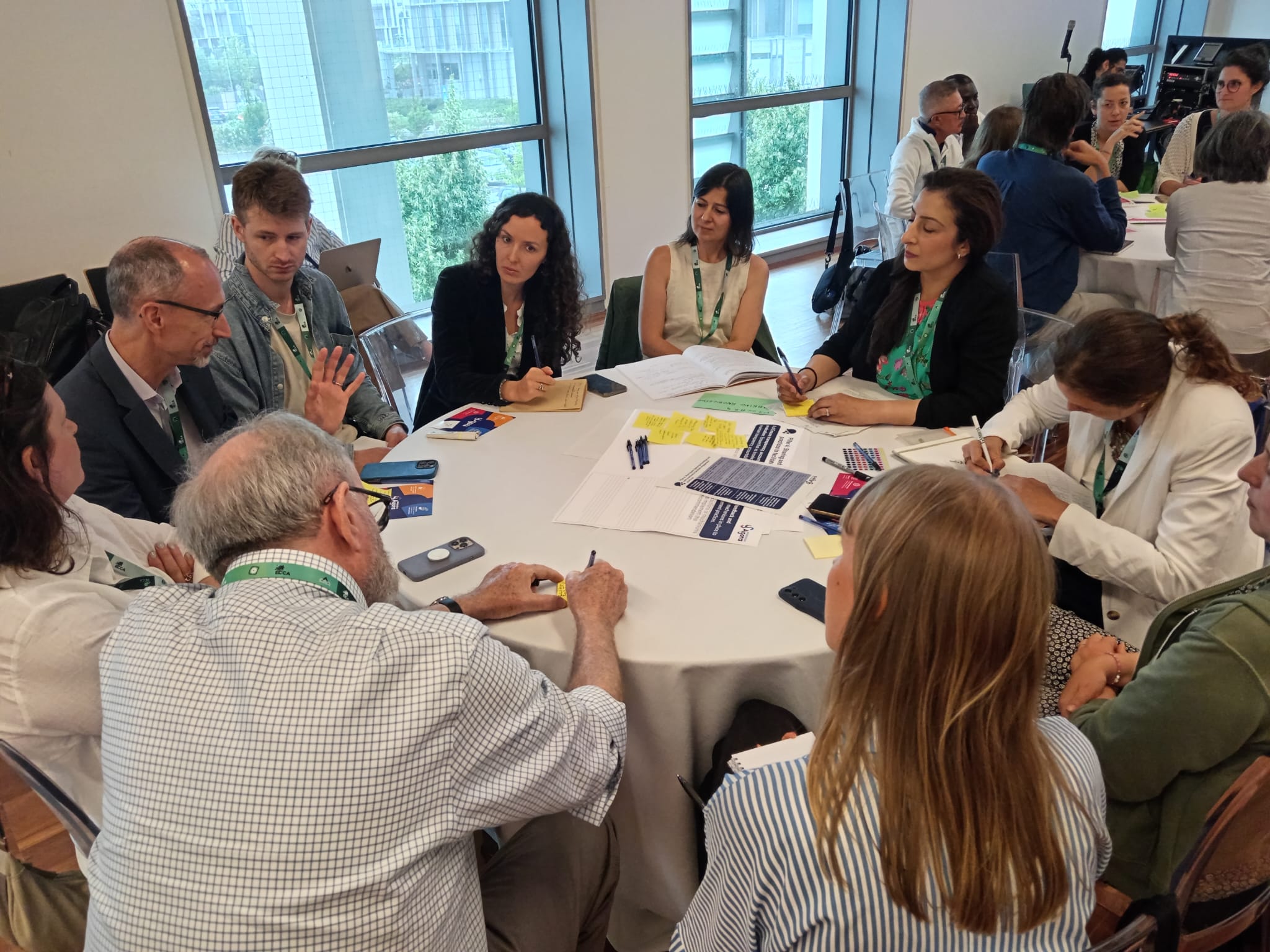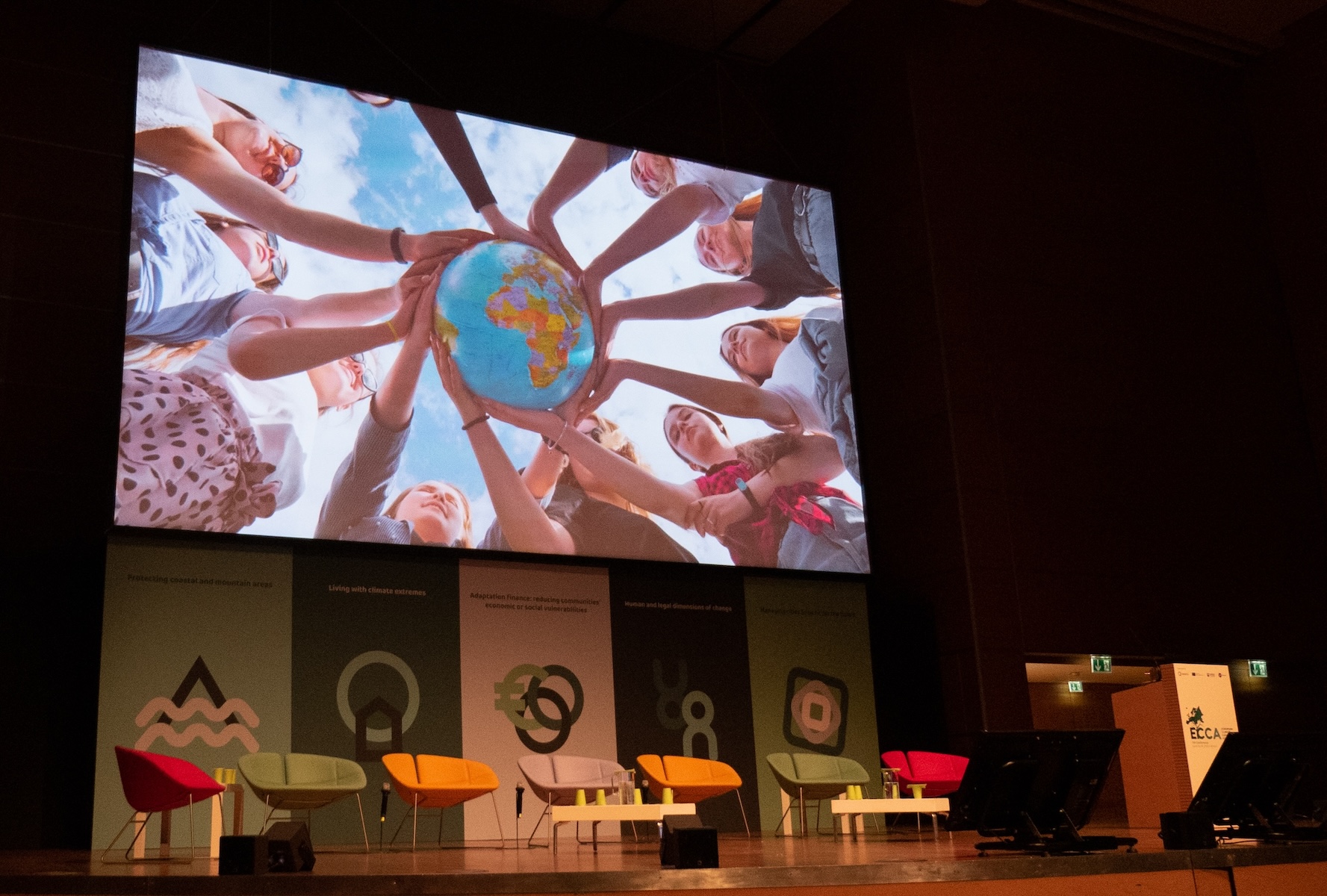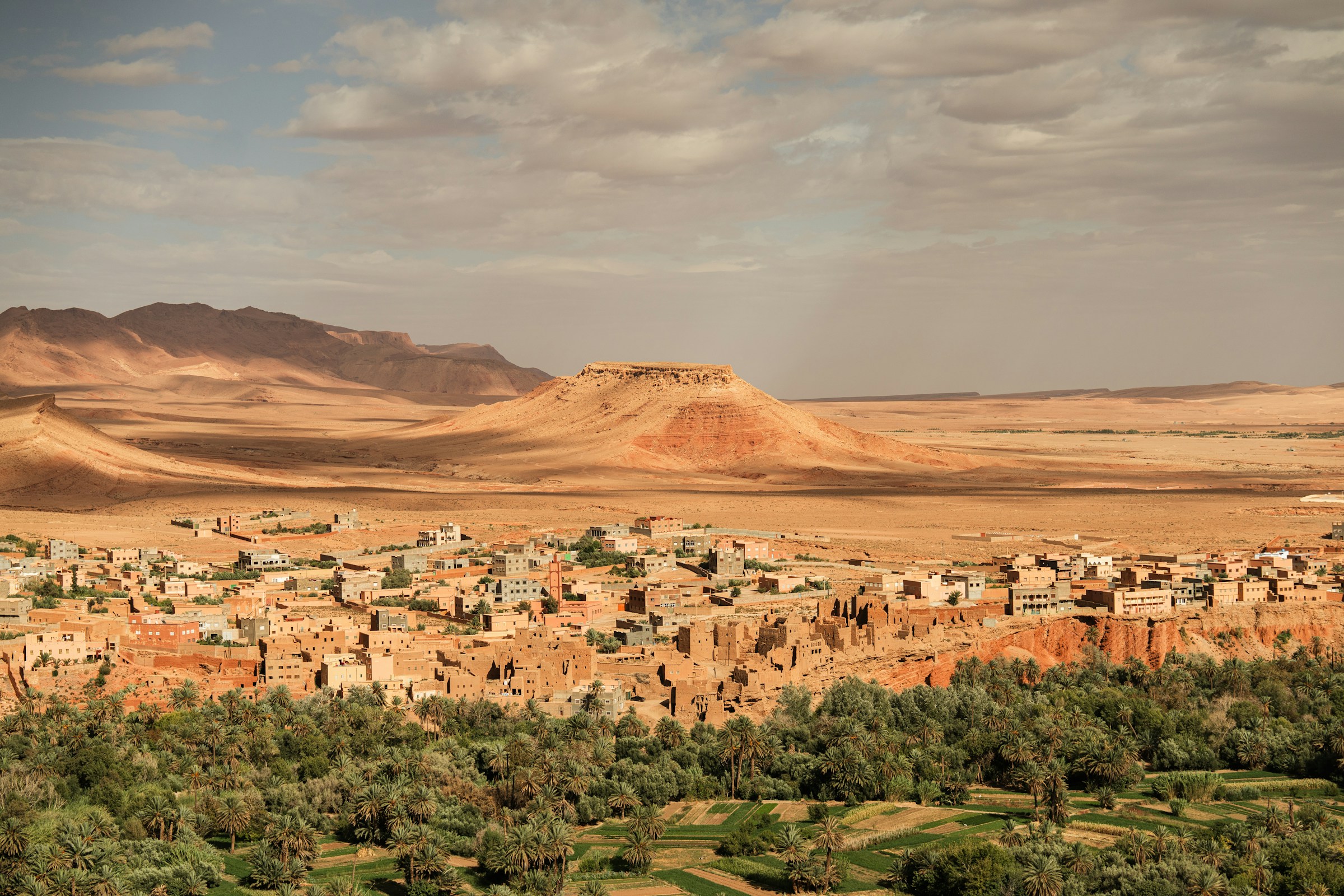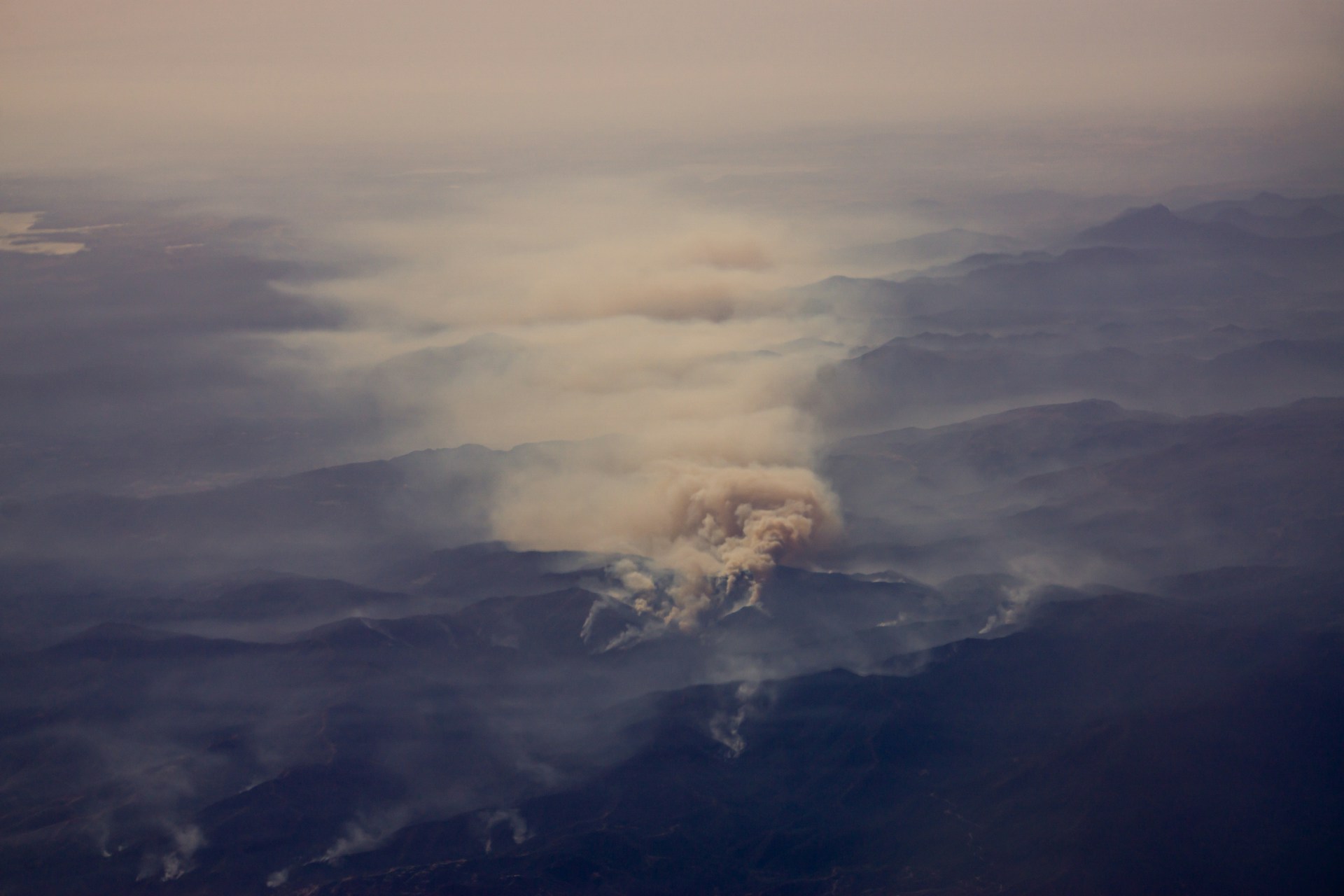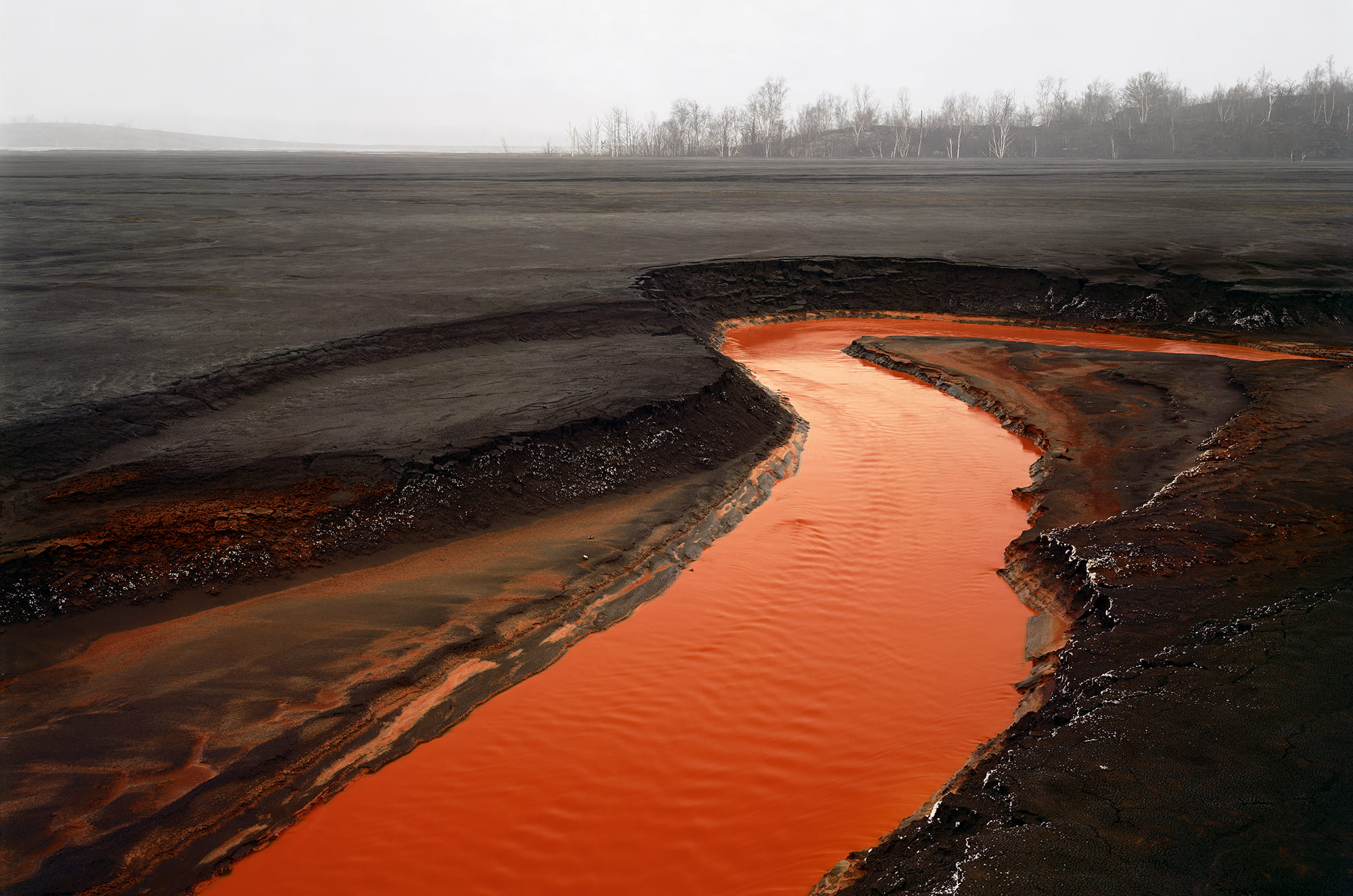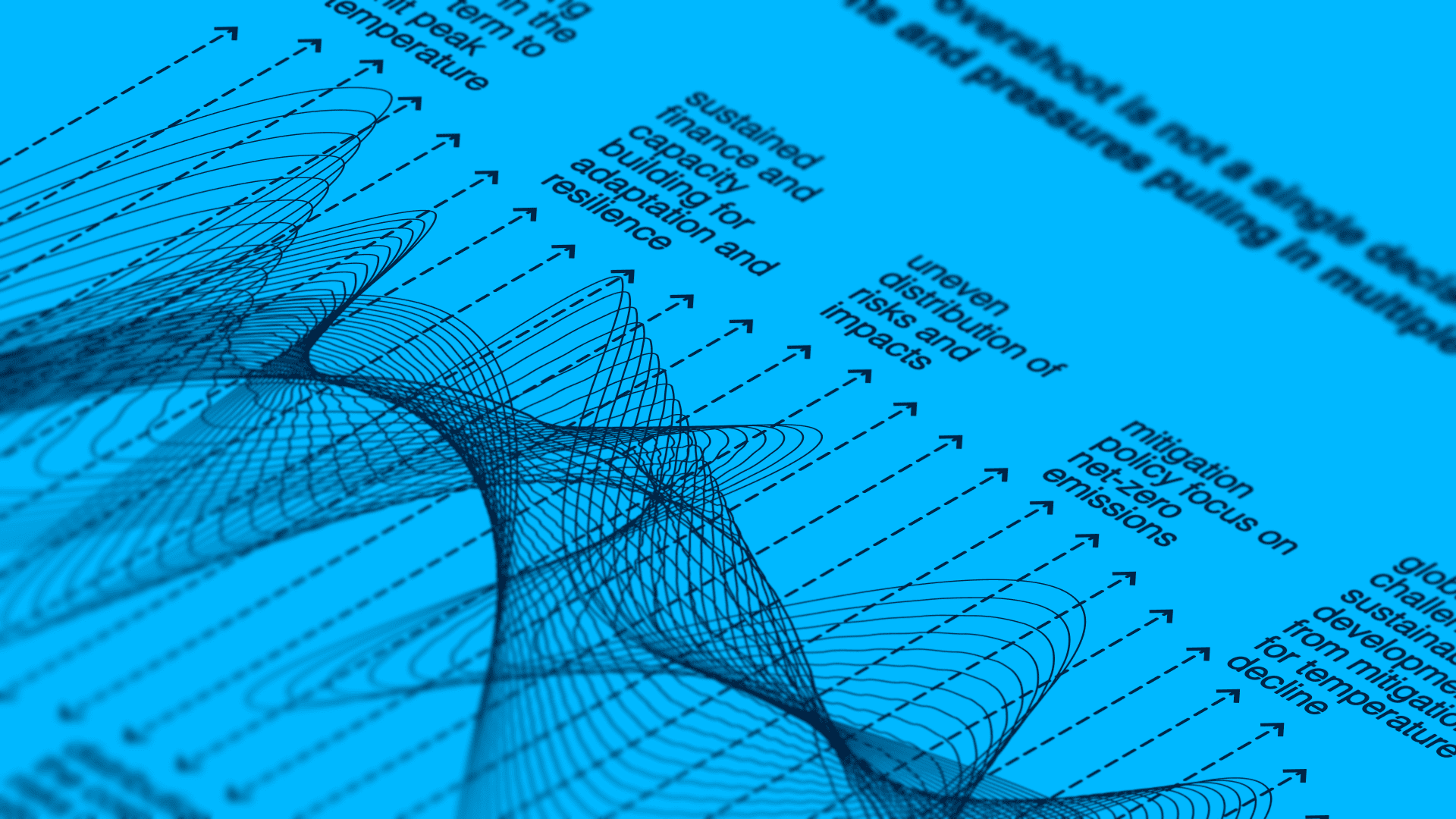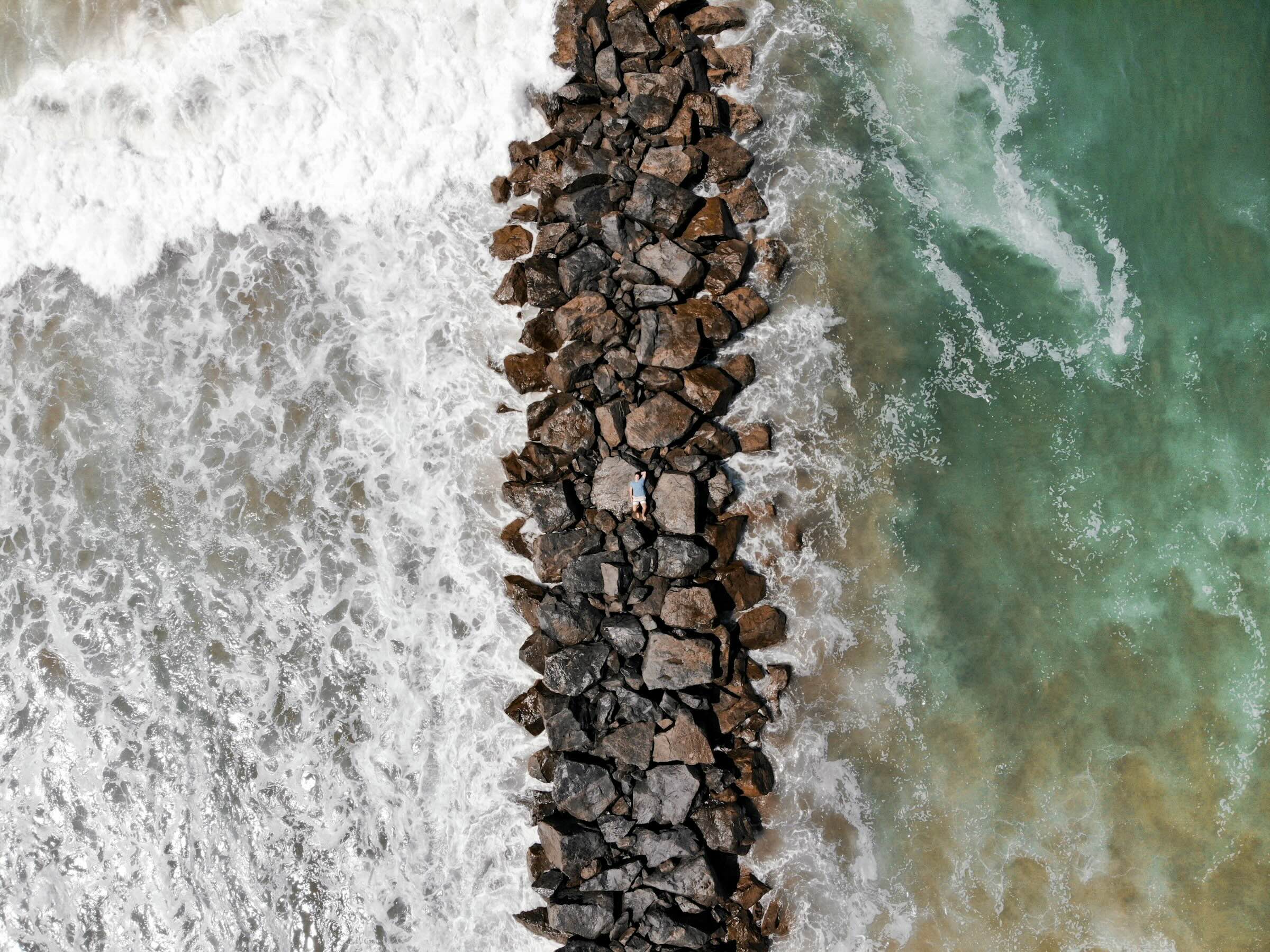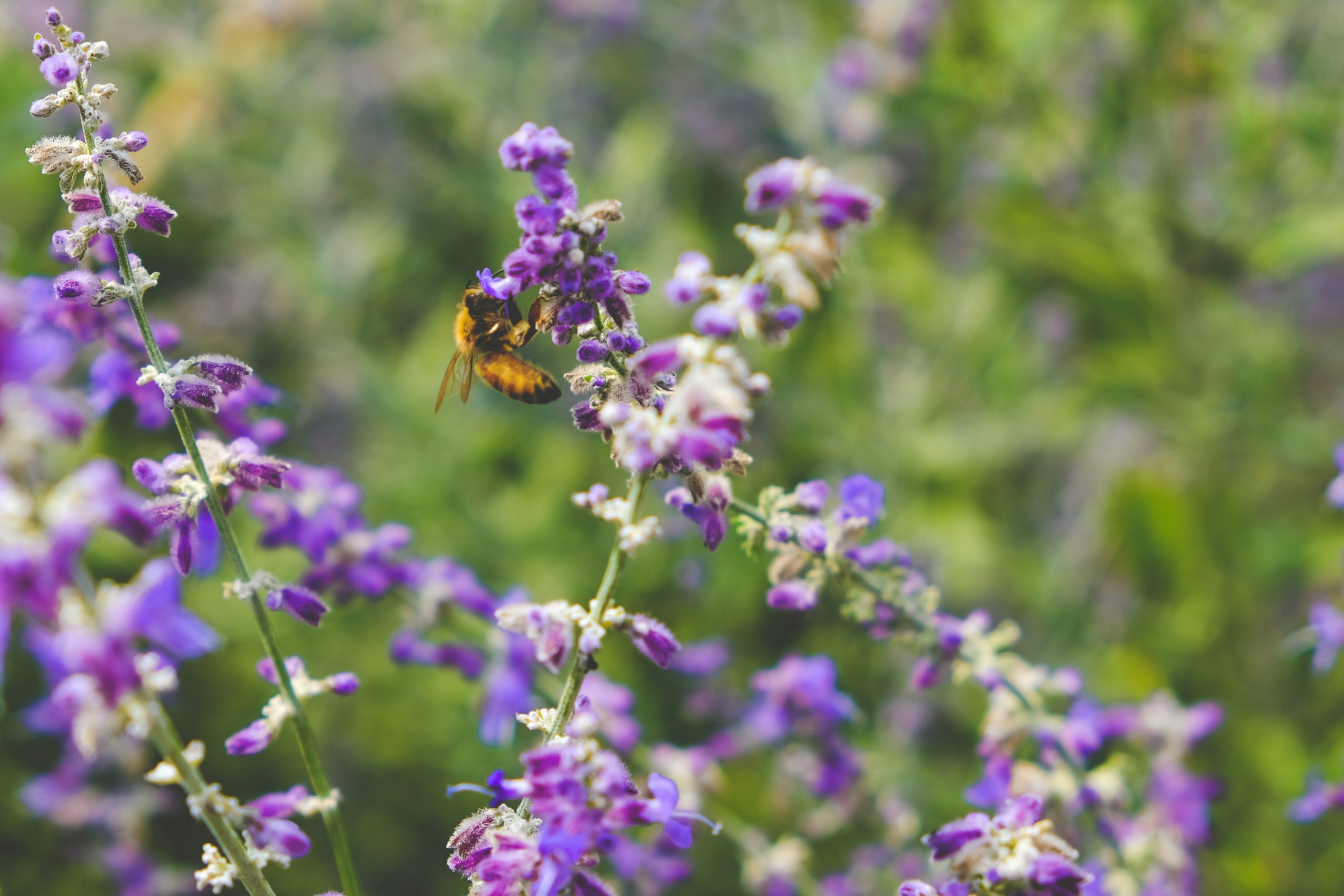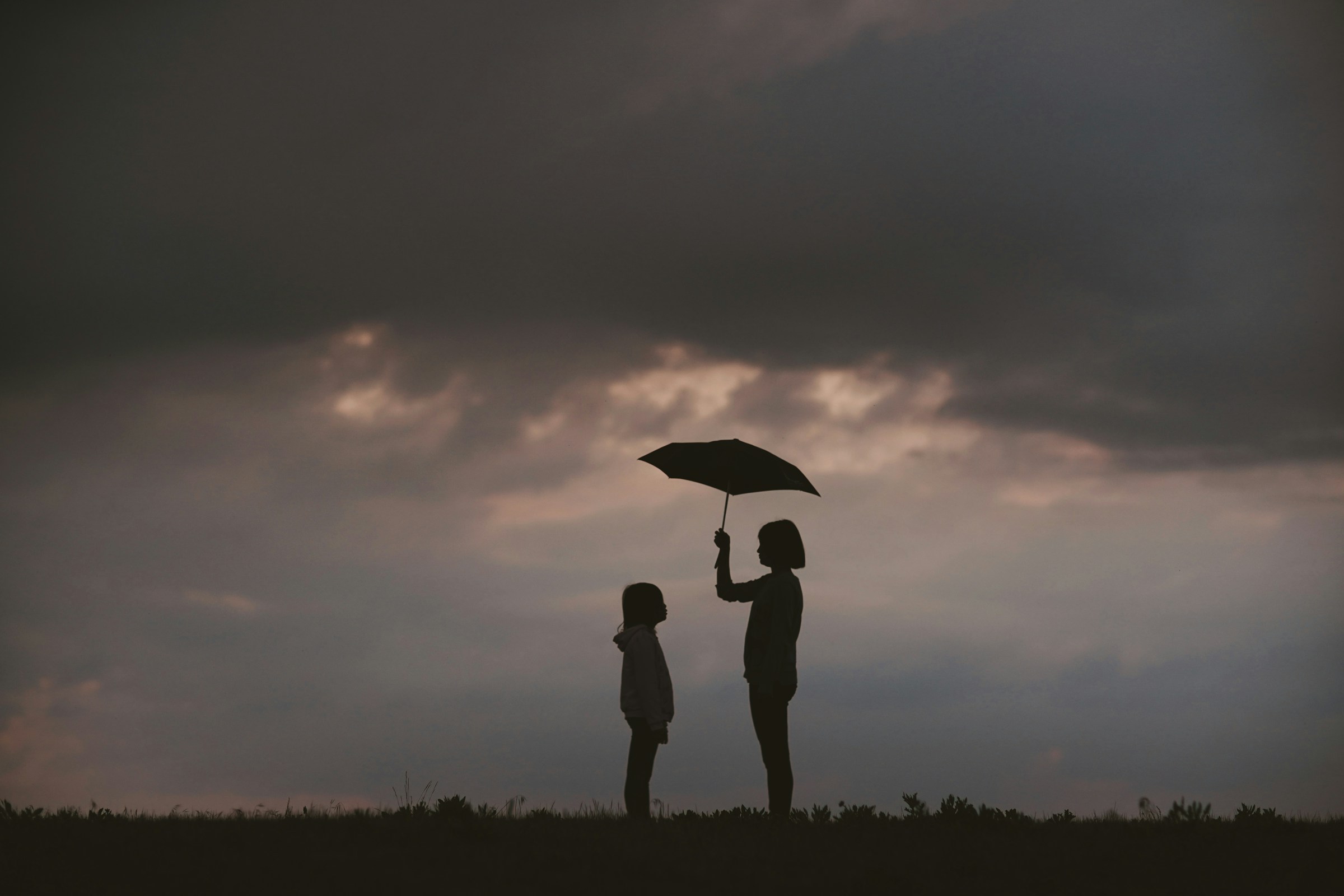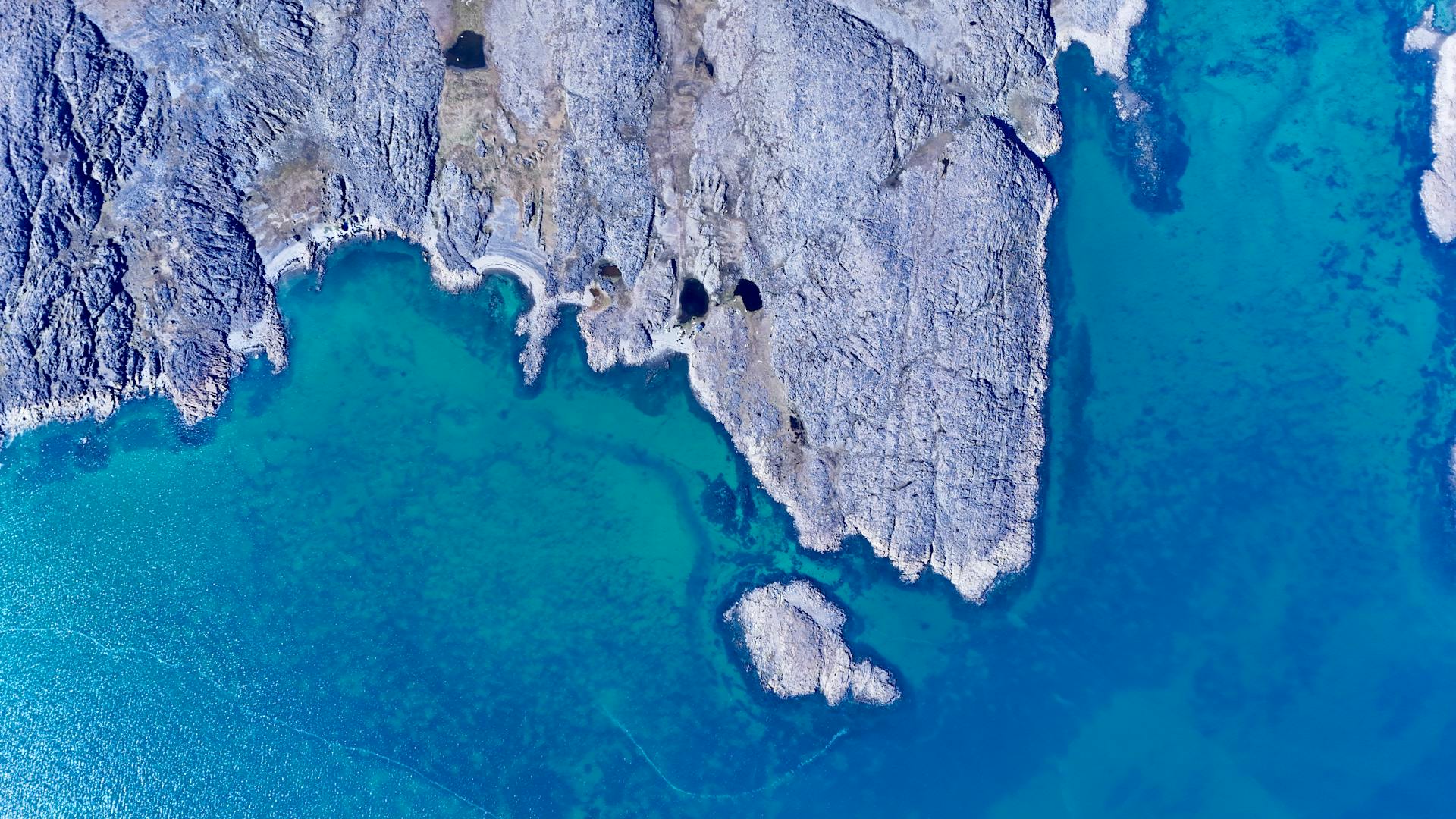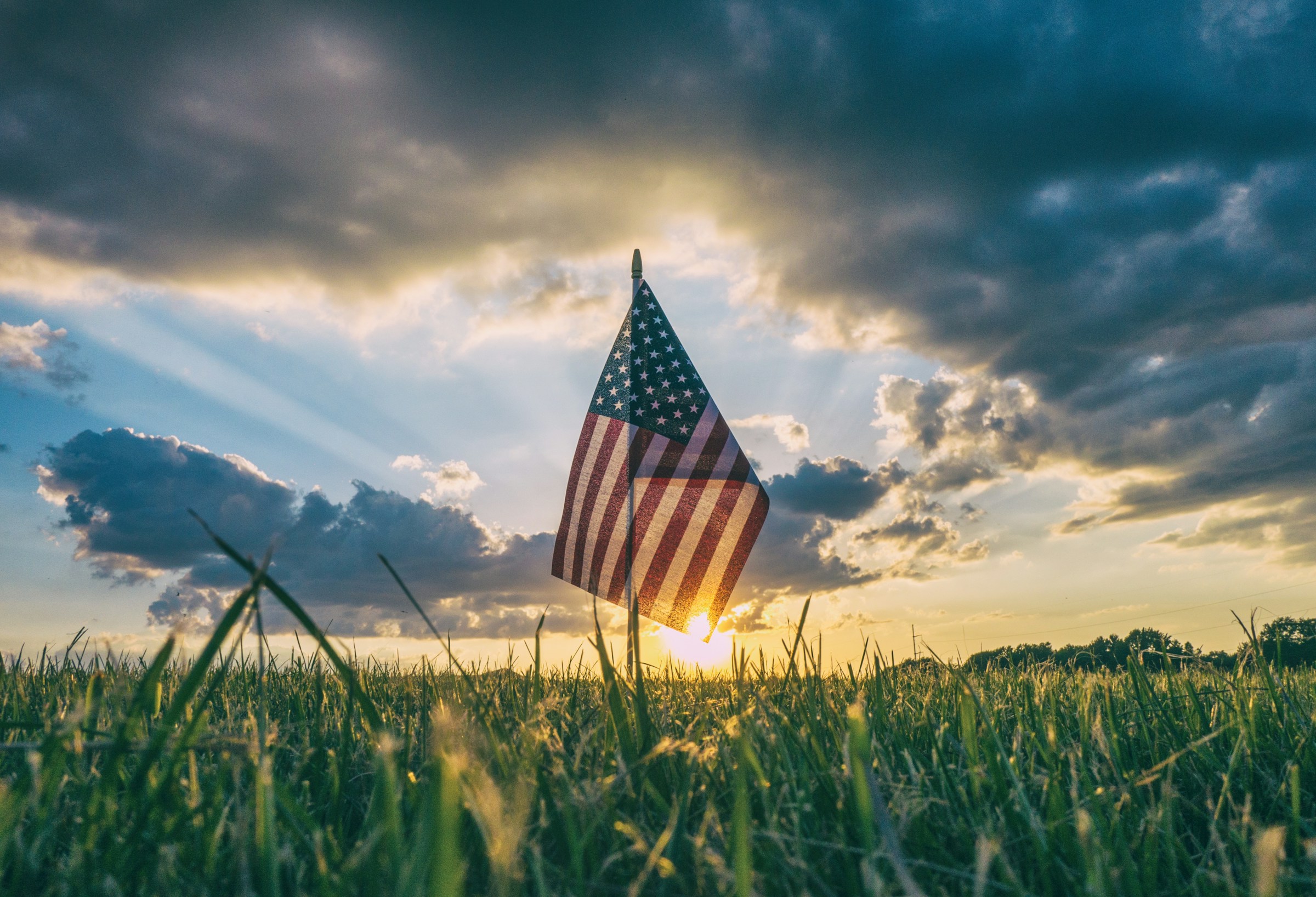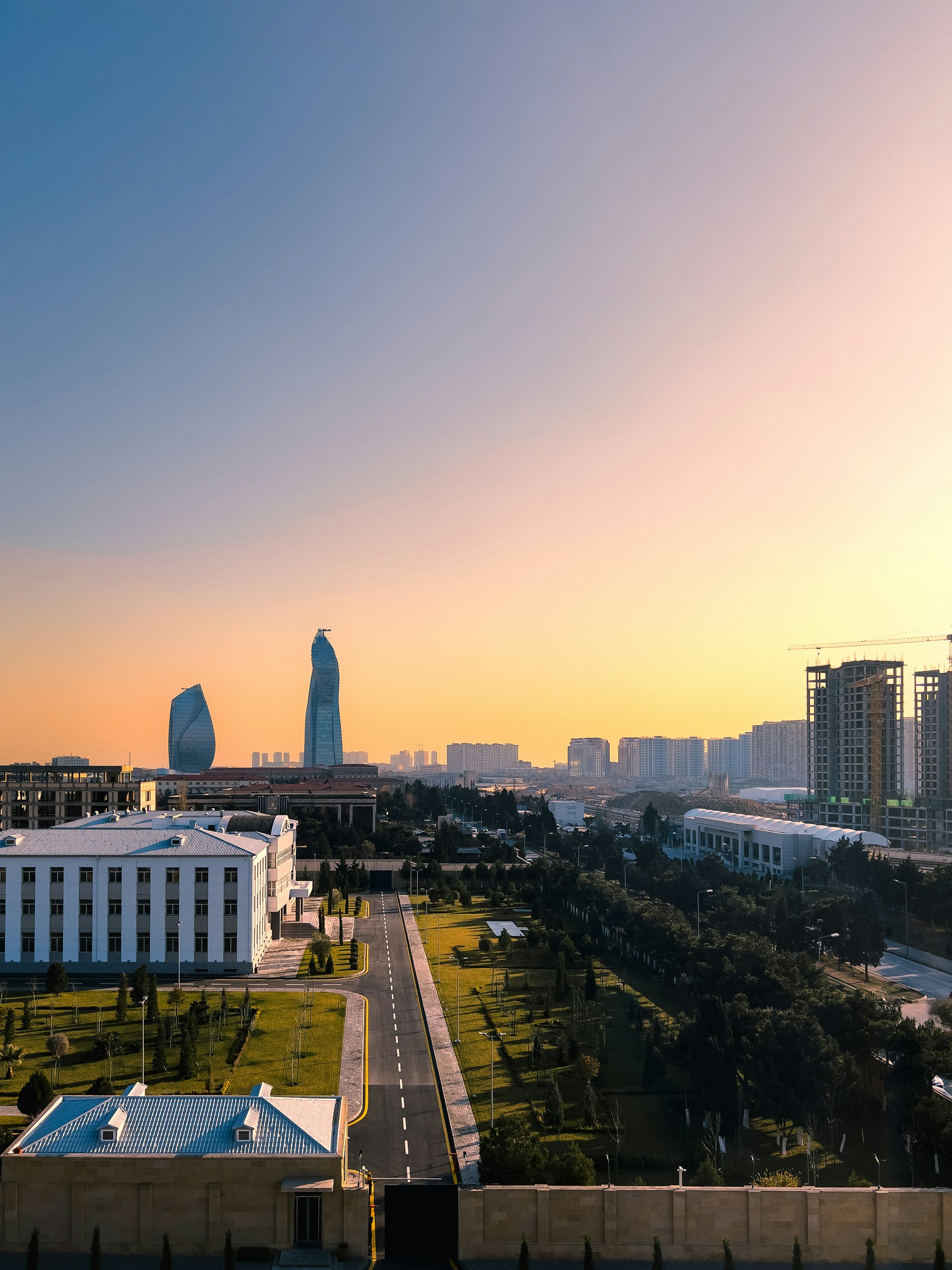Climate adaptation is a collaborative effort
Day three at ECCA 2025 was all about collaboration and coordinated effort among institutions, public authorities, and stakeholders at all levels, towards the common good of enhancing resilience in our communities and cities. Adapting to climate change means aligning scientific insight with governance, finance, urban planning, and community voices. It also requires collaboration among different disciplines, with climate scientists collaborating with designers, architects, health experts, biologists, and even artists to bridge the gap between science and communities.
No adaptation without community engagement
The key takeaway from day two at ECCA2025 is simple: communities need to be involved in the entire adaptation process. Not just as recipients of information, but as active partners that help shape solutions. “This is all about people,” says Philippe Tulkens of the EU Mission on Adaptation to Climate Change. It’s not about top-down strategies, but about building trust, enabling dialogue, and overcoming barriers together. Engagement is a two-way process that involves listening, adapting, and co-creating. The second day of ECCA was rich with discussions on engagement, trust, and resilience.
The time is now: the European Climate Change Adaptation Conference 2025 has begun
Adaptation to climate change is not an issue of the future, it’s an imminent need that requires an effective action plan. Day one at ECCA2025 laid the groundwork for finding the most innovative solutions to tackle climate change – and how to implement them with effective policies. High-level representatives from European institutions, the business community, and the scientific world engaged in conversations on adaptation and plenary panels outlining the strategies, challenges and hopes for future adaptation before a crowd of 600+ people from all over the world.
From research to climate solutions: Lessons from the Sahel drought
What are the causes of drought in the American dust belt or the Sahelian savanna? Are local practices to blame or should we be looking at broader climatic factors? Through an exploration of the causes and consequences of the Sahelian drought of the late 20th-century, Professor Alessandra Giannini explores the interplay between local and global factors and how attribution studies can have profound implications for adaptation efforts in the Sahel and beyond.
Modelling the past, reflecting the future
What can history teach us about today’s world? What lessons can be learnt from an early medieval village and how can it shed light on the global challenges embodied in the climate crisis? Bridging past and present in a conversation with Helen Foxhall Forbes on climate, history, and human resilience.
Burtynsky: Images of the human footprint
With seemingly abstract forms, the Canadian photographer, Edward Burtynsky, projects us into the other side of our lives. Using details, places, and facts that, however hidden from what we see with our own eyes, define our relationship with the planet: quarries where massive blocks of stone are dislodged, the world’s largest iron mines, the extraction of lithium and potassium.
Drawing on Burtynsky’s largest anthology exhibition at M9 Museum, Venice, CMCC publishes a series of videos with scientists and experts exploring the path to a sustainable and just transition through a focus on energy, inequalities, land and resource use, urban adaptation, and the future of our planet.
Overshoot: Navigating the challenges of exceeding global warming limits
The goal of limiting global warming to 1.5°C has become a cornerstone of international climate policy. However, as greenhouse gas emissions continue to rise and the impacts of climate change intensify, surpassing this threshold is looking increasingly likely, if not inevitable. This scenario raises urgent questions about the risks involved, the feasibility of returning to safer temperature levels, and the social and economic trade-offs associated with such pathways. New tools and research, such as CMCC’s overshoot platform based on the work of an international team of scientists and design experts, can help answer these questions.
From risk to resilience
Resilience has shifted from being a matter of choice to an imperative. From climate disasters to failing infrastructure, the ability to withstand and recover from shocks is now at the heart of decision-making. Yet, despite its critical importance, there is still no universal definition for resilience and its relationship with risk. Dr Igor Linkov, a distinguished expert in risk prevention and management, walks us through methods for resilience quantification and how these can help transform fragmented approaches to risk management into coordinated strategies.
Rising seas, rising challenges: Informing the future directions of coastal resilience
Sea-level rise will continue to threaten ecosystems and communities in the coming decades. However, the extent and magnitude of this threat is still an open question that researchers are intent on investigating in an effort to provide decision-makers with accurate and timely information. Giulia Galluccio, CMCC director of ATEC, vice-chair of JPI Climate and co-lead author of two chapters of the 1st European Assessment Report on Sea Level Rise, and CMCC researcher Elisa Fiorini Beckhauser walk us through the report, its significance and implications.

Shifting the private sector narrative: How companies embrace sustainability
Climate change poses an array of diverse challenges for the business world, yet within the corporate sphere, a plethora of climate solutions are available. Ione Anderson, architect solutionist and associate partner at Ernst & Young, and Solitaire Townsend, co-founder and chief solutionist at Futerra, examine the dynamic relationship between the private sector and climate change, highlighting the innovative and challenging approaches that businesses are undertaking for a green transition.
A series of dialogues involving international experts, writers, artists, journalists, scientists, innovators and entrepreneurs to discuss the role of communication in accelerating the climate transition.
Discover and join the forthcoming Foresight Dialogues, the webinar series for the CMCC Climate Change Communication Award “Rebecca Ballestra”.
A collection of words with which we hope to plant the seeds of awareness, providing in-depth definitions of some of the most pressing topics related to climate change.
Because understanding the discourse that surrounds the climate crisis is the key to a sustainable future.
Climate-smart agriculture
Growing the food of tomorrow will require ever greater technological support. From sensors and the internet of things to robotics and novel ways of analyzing data, climate-smart agriculture is emerging as a key solution to producing more with less in a rapidly changing world.
Disclosure
Transparency from companies and governments about climate-related information, risks and opportunities is crucial for building a resilient economy, empowering communities and creating an equal and fair society. In the era of climate change, a standardized disclosure framework to understand climate risk is not only helpful to investors, it’s also critical to companies for strategic planning.
Green premium
“It is a challenge to be overcome if we want to reach our climate targets,” say global experts, investors and economists. The green premium concept helps measure progress on green technology deployment and, at the same time, establish what the next steps should be for a rapid low-carbon transition. A review of sources, definitions and data to understand a key factor in the climate transition.
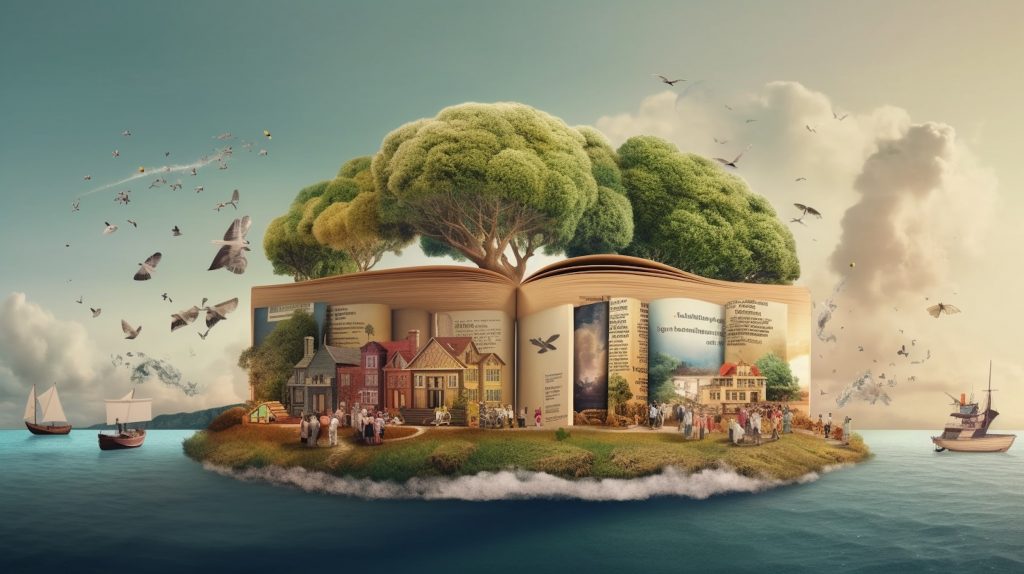
Every story is a climate story – Ep. 09
We know a lot about the crisis. We know that it is time to progress from understanding the problems to solving them. However, we also know that there is no perfect solution. It is a
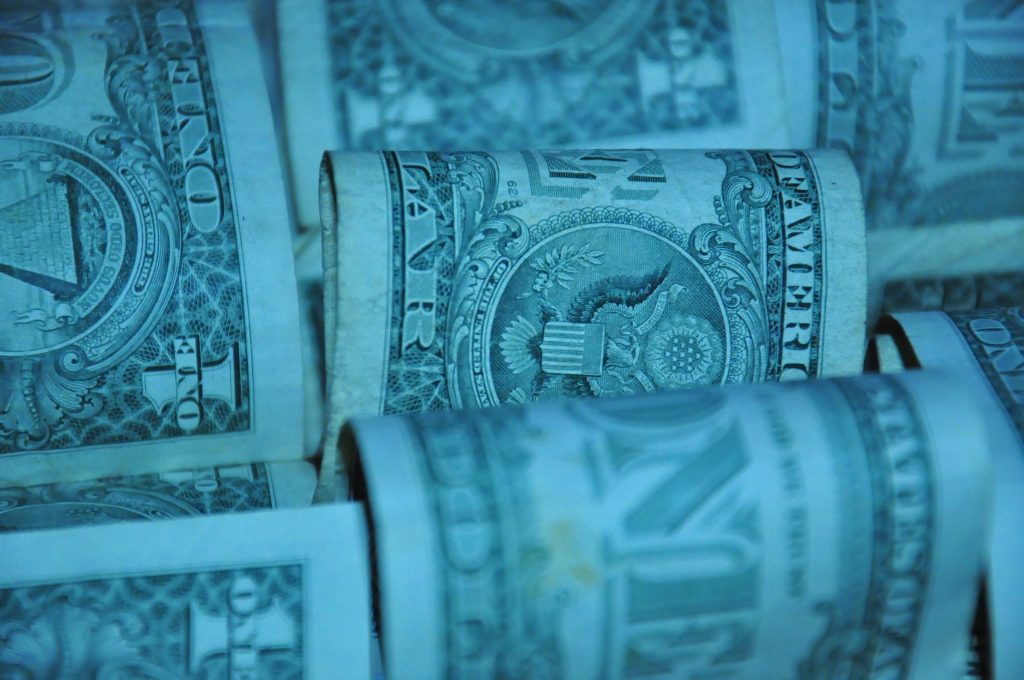
How much is it? The cost of climate change – Ep. 08
Money moves the attention of people, investors, and capital owners. Money is part of many solutions to the climate deadlock. But numbers are not enough to calculate the economic value of the climate issue. Numbers
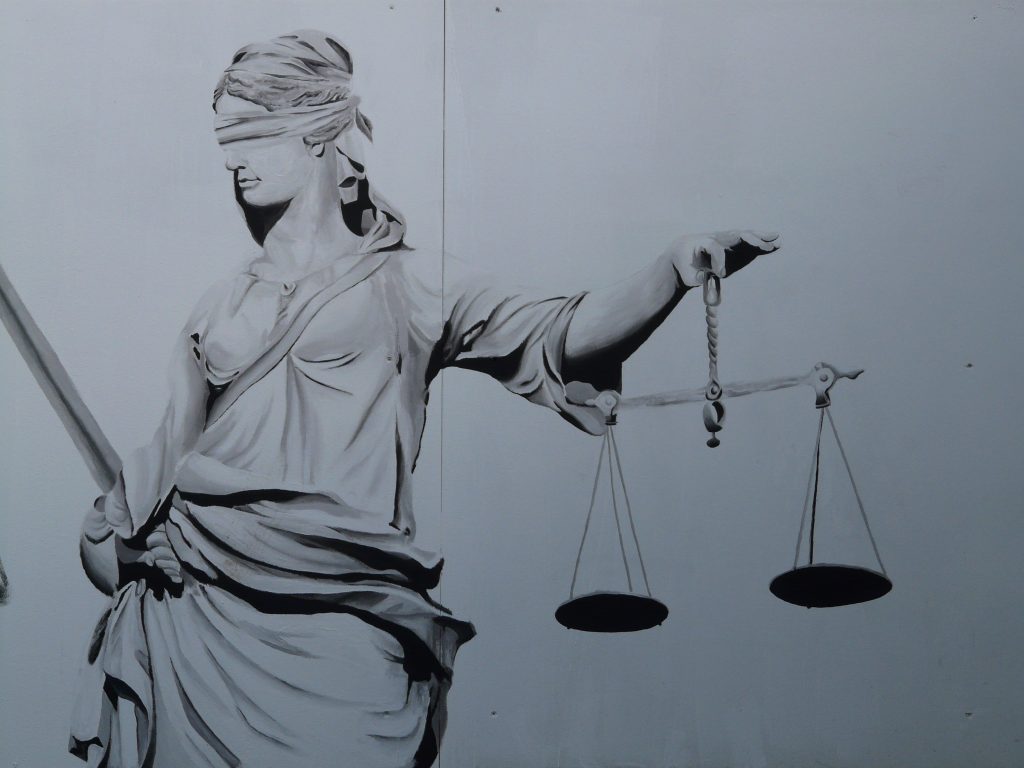
Climate on trial – Ep. 07
The Urgenda case was the game changer. It opened up a new dialogue between human rights law and climate science, while it marked a watershed moment for climate justice: from then on, we saw new
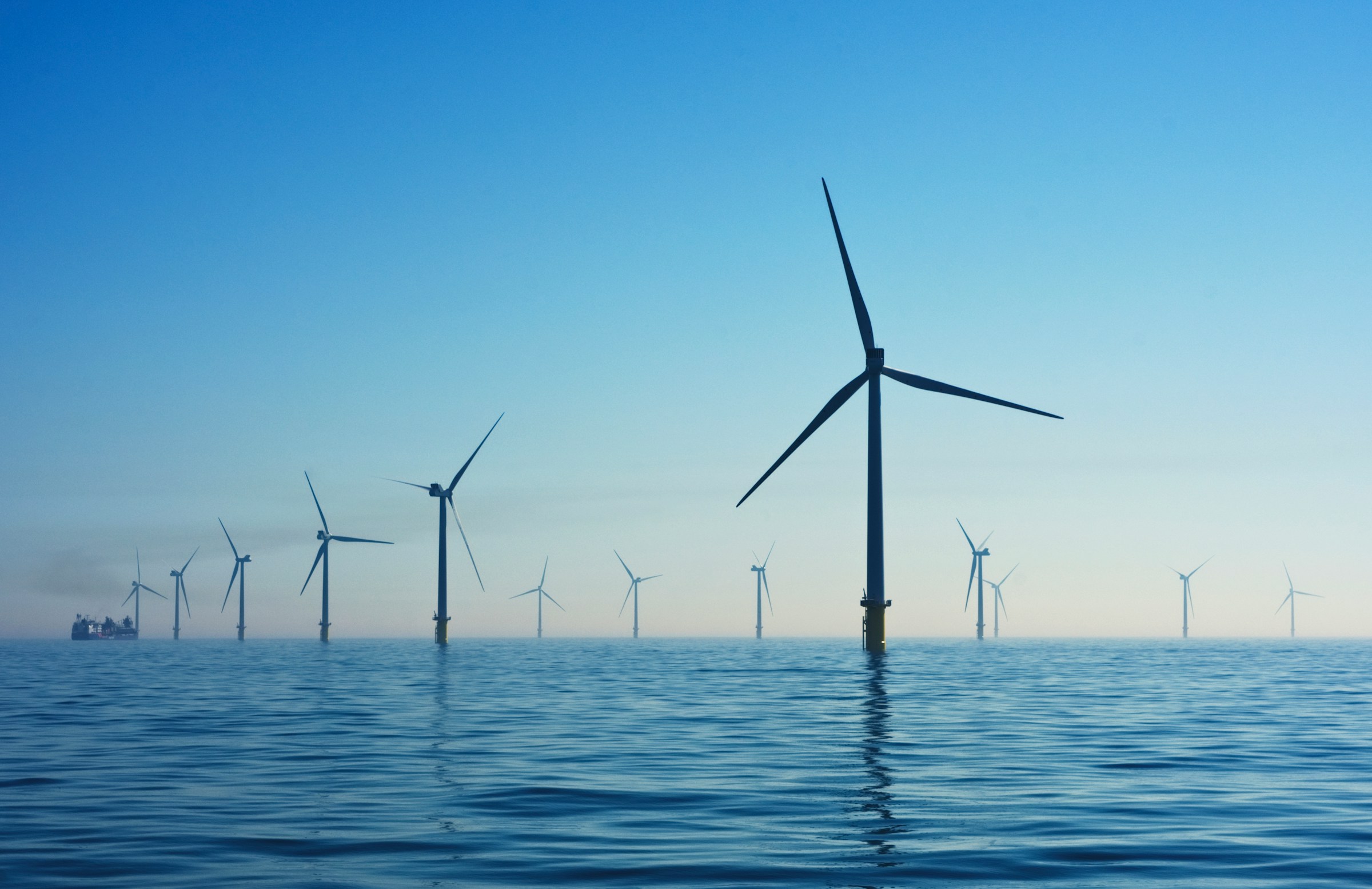
Discovering wind droughts and their impacts on energy supply
As wind energy continues along its upward trajectory, gradually becoming a crucial global energy source, identifying the regions with the greatest potential for future development is key. However, understanding wind variability and identifying areas susceptible to “wind droughts” can inform where we should develop the industry and how to make it more resilient.
The grass is always greener, in my backyard: Perception and impacts of renewable energy
“Wind and solar energy are inherently free,” though research is crucial to understanding the true costs and benefits of renewable energy projects. As renewable energy evolves, with technical barriers dissolving and costs declining, challenges persist in navigating public perception and policy hurdles. CMCC researcher Wei Guo explores the multifaceted journey of overcoming historical obstacles and envisioning a sustainable transition, delving into the complexities that will shape our renewable energy future.
A climate compass: Advanced research directions to understand and design the future
The current effects of climate and the increasingly analytical understanding of what will happen in the future. Big data and the challenges of Machine Learning and Artificial Intelligence. Increasingly detailed and understandable climate data to better define policies and strategies for the interaction between human societies and nature. The European State of the Climate 2023 through the lens of CMCC’s research strategy in the words of Simona Masina, director of the Institute for Earth System Prediction, and Monia Santini, director of the Institute for Climate Resilience.
Visual narratives: From science to engagement through the European State of the Climate
More than just colorful maps and eye-catching graphics. Data visualization enhances the readability of complex data, engages broader audiences, and sparks interest in the “state of the climate”. Anna Lombardi, climate data visualizer at the Copernicus Climate Change Service (C3S), offers insight into what’s behind visual narratives for climate trends. Through innovative data visualizations, the latest C3S report enhances accessibility and engagement with climate science across all audiences.
COP16 in Rome: Bridging the biodiversity finance gap
The COP16 on Biological Diversity reconvened at the headquarters of the Food and Agriculture Organisation of the United Nations in Rome between 25 and 27 February, providing a critical juncture for global biodiversity conservation and the role of science in informing international negotiations. “Until we establish governance that treats climate and biodiversity as two sides of the same crisis, we will continue to fail in finding effective solutions,” says CMCC researcher Cristina Cipriano, who participated in the proceedings as coordinator of the European Regional Chapter and the Italian National Chapter of the Global Youth Biodiversity Network.
How climate change is reshaping the insurance landscape
The rising threats posed by extreme weather and climate events are challenging the way insurers approach at-risk areas. From wildfires in California, USA, to flooding in Emilia-Romagna, Italy, coordinated efforts are needed to create innovative insurance solutions. “The future of insurance will depend on solutions that do more than just compensate for damage – they must actively help reduce exposure to risk,” says CMCC researcher Guido Rianna.
CoastPredict: Coastal science at the heart of global transformation
Oceans play a central role in the climate system and the way they interact with coastlines leads to both great opportunities and some of the most pressing hazards concerning climate scientists. “Rising sea levels, intensifying storms, marine pollution, and coastal erosion highlight the need to improve our understanding of coastal systems and our ability to manage risks effectively,” says CMCC Strategy Council member and co-chair of CoastPredict, Nadia Pinardi.
It’s a wrap! The climate in 2024
As 2024 comes to a close we look back at the most important climate events, meetings, negotiations and initiatives from the last twelve months. Our research and data, articles and projects reveal a year that has been rich with developments and change in both the climate itself and what we can expect from the future.
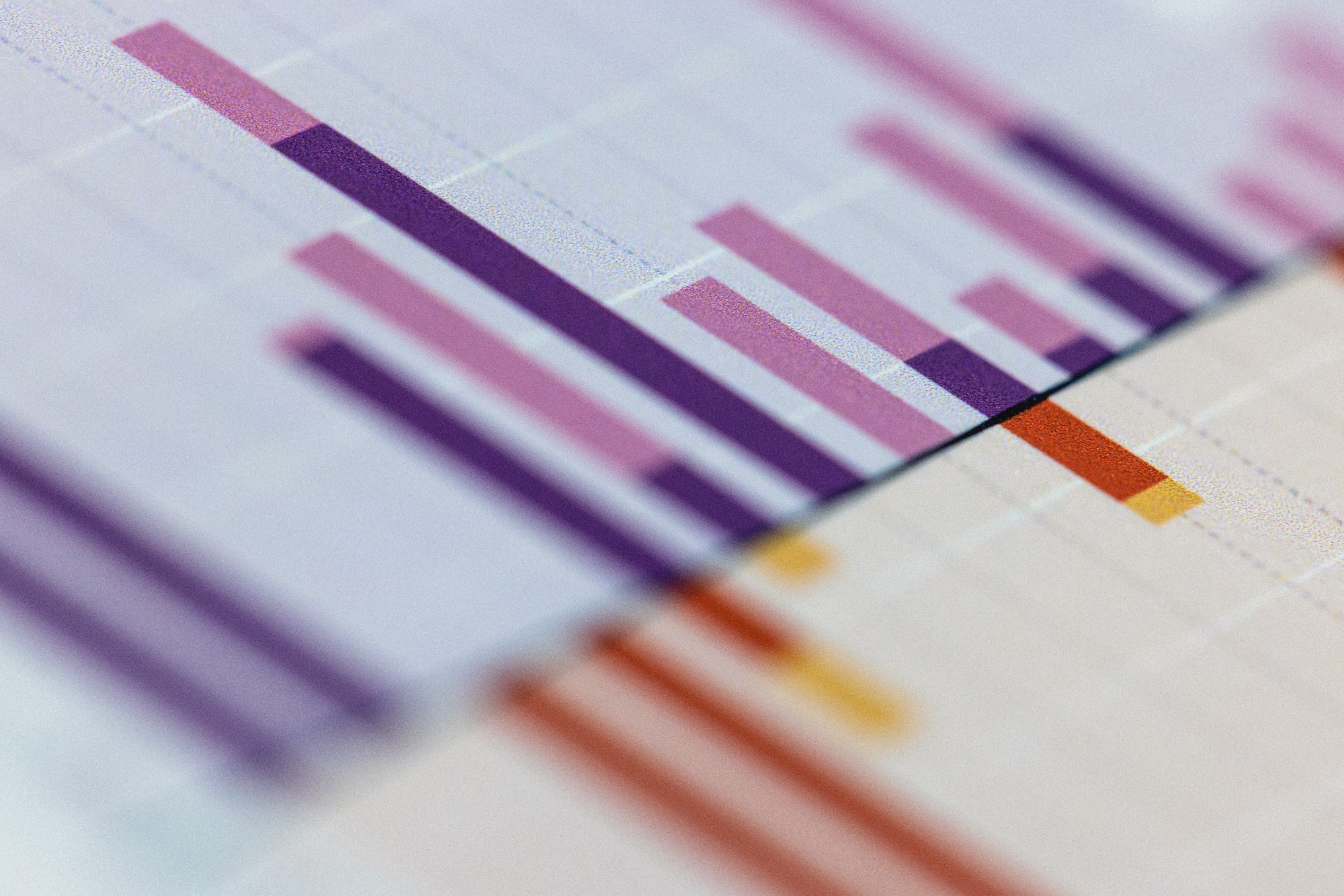
Visualizing climate science
A participatory approach is the foundation for building solutions that empower citizens, policymakers, experts, and non-experts to make informed decisions. Co-designing data visualizations that reflect the findings made with climate science is key to reach the right audiences and foster change. Data visualization explained by Angela Morelli, the information designer that contributed to the most recent Summaries for Policymakers published by the IPCC.
US elections and the power to make or break climate finance
From Obama to Trump, then Biden and Trump again. The US presidents who have come and gone over the past quarter century have brought different visions and policies when it comes to climate finance. Leveraging her experience in policy analysis of international environmental and climate agreements, CMCC researcher Semercioglu Nazlicicek outlines the history of US contributions to loss and damage funding and what we can expect from a second Trump term in office.
Back from the enabling COP: Negotiators analyze outcomes from Baku
Climate finance was front and center, while a leading actor was relegated to a sideline role. In a CMCC webinar, negotiators returning from Baku take stock of key aspects of COP29, such as the complex context of the negotiations, decisions on the New Collective Quantified Goal, the Baku-to-Belem roadmap, news on the carbon market, global cooperation, and adaptation. Throughout, it emerges that bridging scientific insights with policy is more essential than ever to transform commitments into meaningful climate action.
UN Pact for the Future: The new global roadmap to sustainability
The United Nations recently adopted the UN Pact For The Future, its latest framework aimed at addressing global challenges and accelerating progress on the Sustainable Development Goals (SDGs), reforming international financial systems to better serve developing nations, tackling climate change, and governing emerging technologies like artificial intelligence. We take a closer look at what this means for climate science.
COP29 Spotlight | Loss and Damage funding has to be at core of new climate finance regime
The focus of the ongoing COP is to decide on a new finance regime. Major polluters will be asked to massively increase their financial contributions to developing nations. Researchers from IIASA and CMCC show that Loss and Damage needs of vulnerable countries range between roughly 130 and 940 billion Dollars in 2025 alone. On top of money for mitigation and adaptation.


